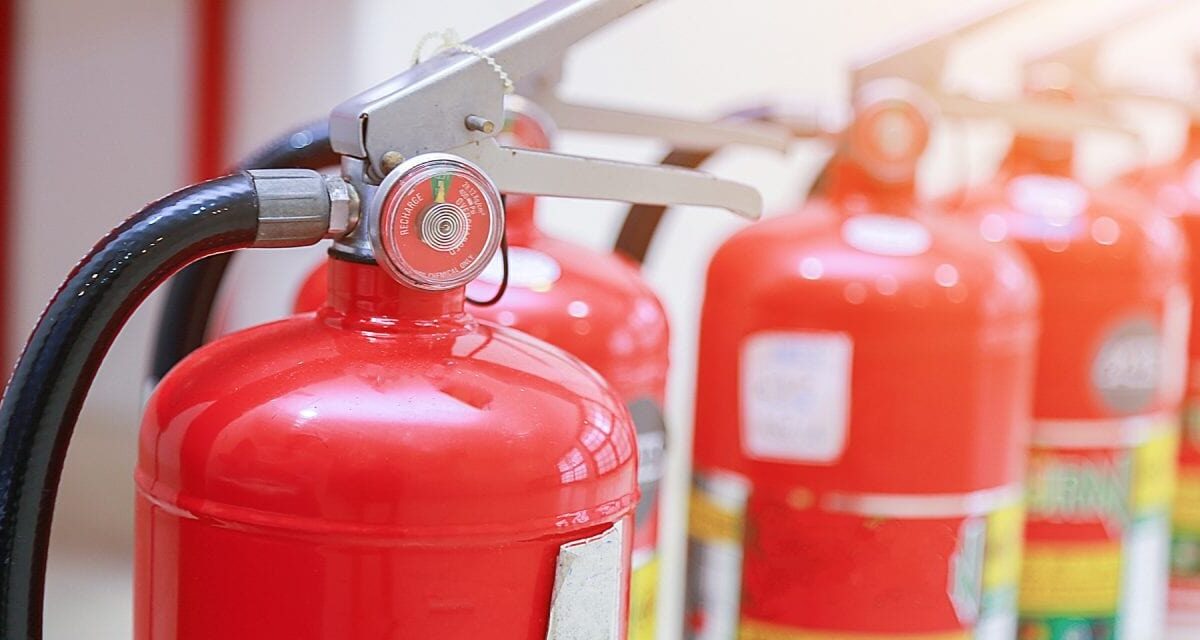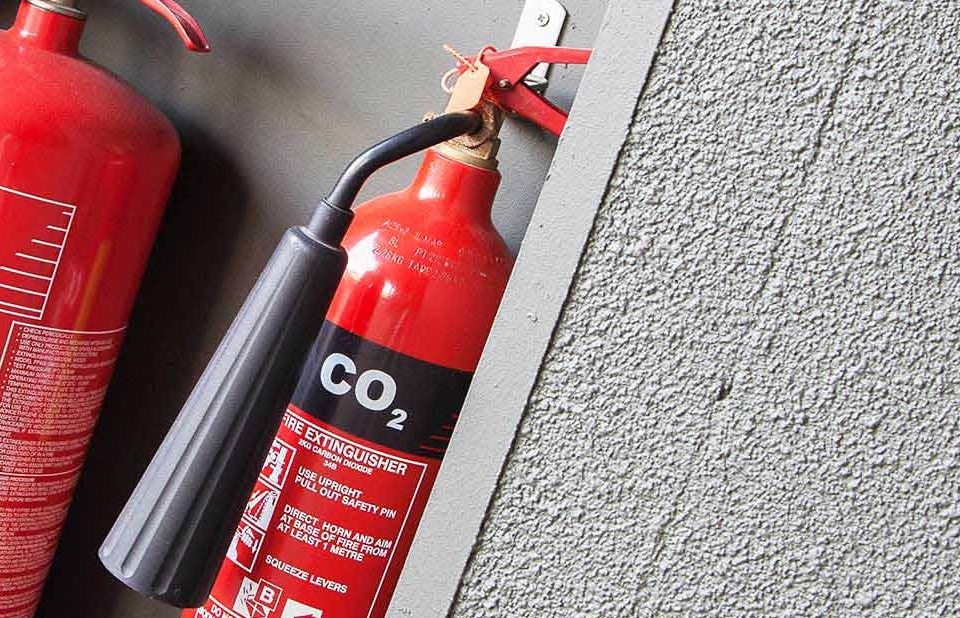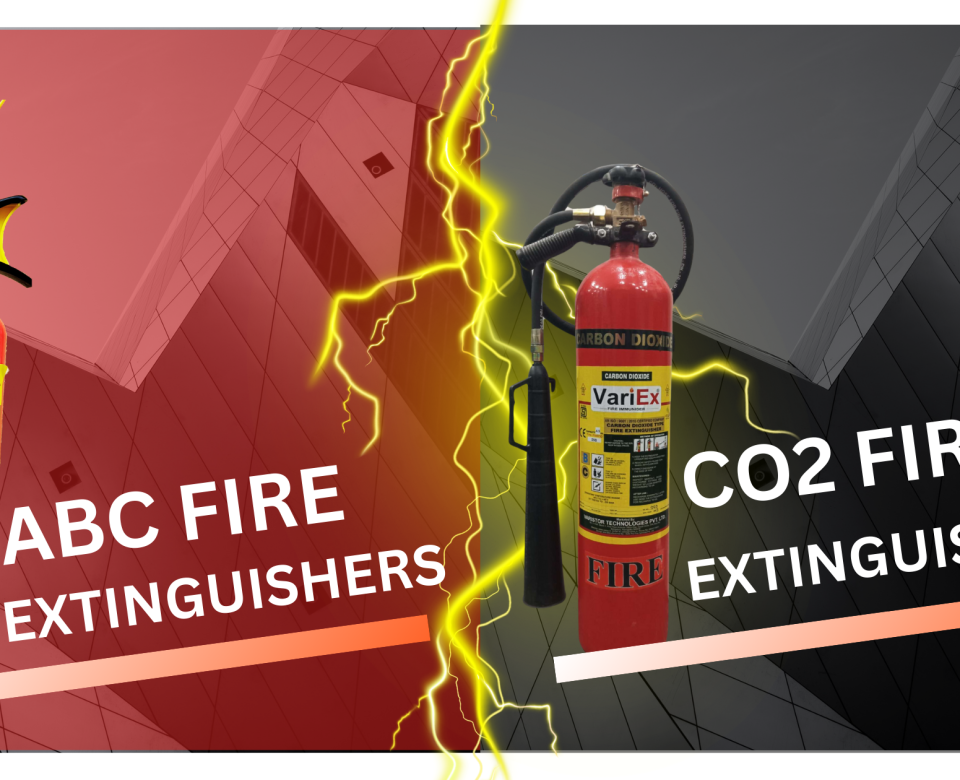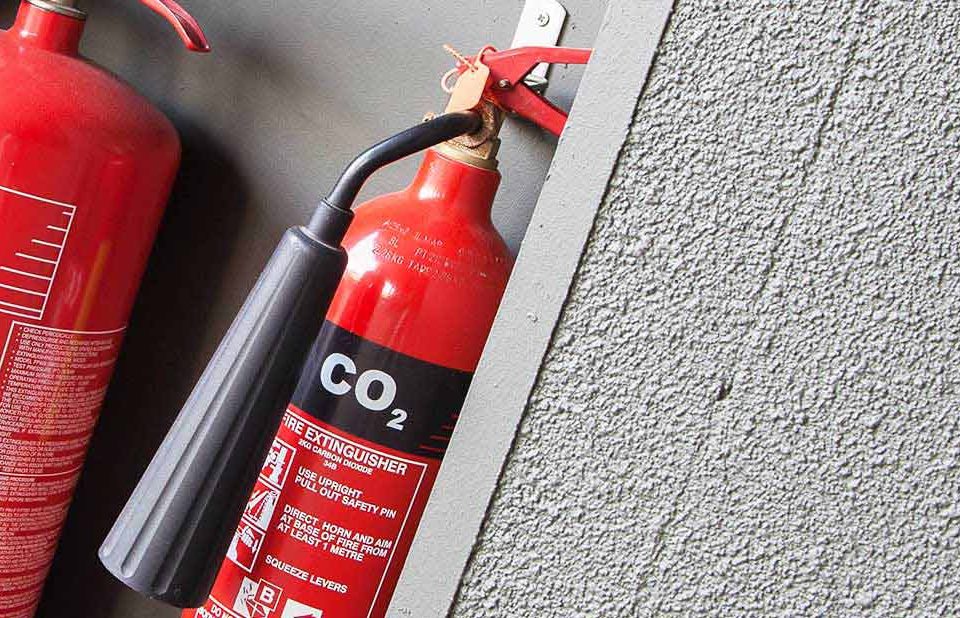
Compact and Modular Fire Extinguisher Designs for Modern Use
August 30, 2025
How Smart Fire Extinguishers Integrate with Building Management Systems
September 11, 2025Fire Extinguisher Use and Safety in Hazardous Environments is an essential topic for workplaces with a high risk of fire incidents, such as industrial sites, chemical plants, laboratories, and construction areas. Understanding how to properly use fire extinguishers and follow safety protocols can save lives and minimize property damage. This expanded explanation covers the critical aspects discussed in the blog and offers deeper insights into fire safety practices tailored to hazardous environments.
Understanding Hazardous Environments and Fire Risks
Hazardous environments pose unique challenges for fire safety. These settings often contain flammable liquids, gases, combustible dust, and electrical equipment, all of which can quickly fuel a fire. Chemical plants may have volatile substances, while construction sites accumulate flammable materials. Laboratories deal with reactive chemicals, and warehouses might store large quantities of combustibles. Because of these risks, fire safety must be a top priority.
Preparedness involves not only having the right fire safety equipment but also understanding the specific fire hazards present. This knowledge helps in choosing the correct fire extinguisher type and implementing safety measures tailored to each environment.
Types of Fire Extinguishers Suitable for Hazardous Environments
Fire extinguishers are classified according to the type of fires they can put out:
- CO₂ Fire Extinguishers use carbon dioxide gas to displace oxygen, making them ideal for electrical fires and certain chemical fires common in industrial settings.
- Dry Chemical Fire Extinguishers release an extinguishing powder that interrupts the chemical reaction of fires, effective against flammable liquid and gas fires.
- Wet Chemical Fire Extinguishers are used mainly in kitchen fires involving oils and fats but are also relevant where cooking or grease fires may occur.
- Fire Extinguisher Cylinders contain the gas or chemical and are the main body of the extinguisher.
- Fire Balls or Fire Extinguisher Balls are automatic devices that activate upon contact with flames. They are easy to deploy and innovative options for quick fire response; their price, especially in Pakistan, is competitive and varies depending on size and type.
- Car Fire Extinguishers are compact and designed to handle automotive fires, often a dry chemical or CO₂ type.
The right extinguisher must match the nature of potential fires in the environment. Using an improper extinguisher could be ineffective or even dangerous.
Safe Use of Fire Extinguishers (PASS Method)
The PASS method is a standardized process to operate fire extinguishers safely and effectively:
- Pull the safety pin to unlock the handle.
- Aim the nozzle or hose at the base of the fire, where the fuel source is located.
- Squeeze the handle to release the extinguishing agent.
- Sweep the nozzle side-to-side to cover the fire base thoroughly.
Following this method ensures maximum fire suppression and reduces the risk of injury. Regular drills and training for workers can build confidence in using these tools correctly.
Important Safety Guidelines in Hazardous Settings
Hazardous environments require enhanced caution:
- Assess the size and spread of the fire before approaching—only attempt to extinguish if the fire is small and manageable.
- Always maintain a clear exit path to escape if the fire worsens.
- Use proper Personal Protective Equipment (PPE) such as gloves, helmets, and flame-resistant clothing.
- Maintain effective communication and teamwork during emergencies.
- Know when to evacuate and call professional fire services rather than attempting to fight large blazes.
Maintenance and Inspection of Fire Extinguishers
In hazardous environments, fire extinguisher reliability is non-negotiable:
- Conduct monthly inspections to check pressure gauges, hoses, and nozzle conditions.
- Ensure the extinguisher is easily accessible and not blocked.
- Annual professional servicing is necessary for refilling, recharging, or replacing worn parts.
- Documentation of inspections and maintenance helps meet regulatory standards set by OSHA, NFPA, or local authorities.
Proper maintenance helps assure the extinguisher will function effectively in an emergency.
Training and Preparedness
Fire safety training should be an ongoing priority:
- Regular fire drills simulate real scenarios to prepare employees.
- Teach workers to differentiate between extinguisher types like CO₂, wet chemical, and dry powder units.
- Establish fire wardens who oversee safety measures and guide evacuation if needed.
- Partnering with certified safety trainers ensures that instruction meets legal and practical standards.
Preparedness reduces panic, ensures quick action, and can prevent small fires from escalating.
Avoiding Common Fire Extinguisher Mistakes
Misuse can cause serious consequences:
- Using the wrong extinguisher—for example, water-based on electrical fires—may worsen the situation.
- Approaching too close to the fire increases personal danger.
- Ignoring inspection due dates or servicing can mean malfunction during a crisis.
- Trying to fight fires that are too large or out of control risks injury and loss of life.
Regulatory Standards and Compliance
Workplaces must comply with standards from bodies like OSHA and NFPA. These regulations are designed to ensure fire safety equipment, training, and protocols meet minimum safety benchmarks, especially in high-risk industries. Failure to comply can result in penalties and increased fire hazards.
Conclusion
Fire extinguisher use in hazardous environments demands careful selection, regular inspection, continuous training, and adherence to safety protocols. Having the right fire extinguisher, whether a CO₂ extinguisher, a fire extinguisher cylinder, or even a fire ball—is essential, but equally important is knowing how and when to use it safely. Equipment like fire blankets and fire buckets complement extinguishers in managing emergencies.
For expert advice and reliable fire safety equipment, including competitive fire extinguisher prices and fire ball price in Pakistan, reach out to Haseen Habib. Protect your workplace and ensure safety with trusted solutions tailored to hazardous environments.




